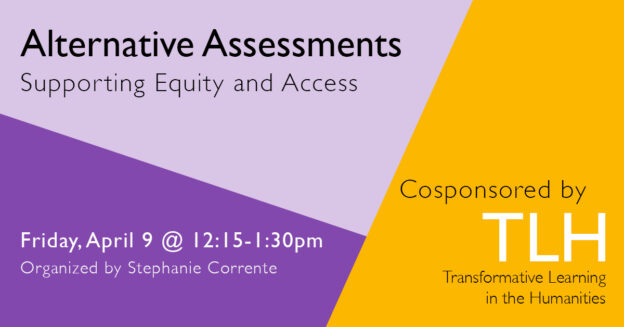As educators with the City University of New York, we know that our learners come to our classrooms as unique individuals. They bring with them diverse experiences and backgrounds.
Assessment and Learner Variability
“In learning environments, individual variability is the norm, not the exception.” UDL and Assessment | An Introduction to UDL and Assessment
In our role as educators, we use assessments to measure student understanding and progress. The purpose of an assessment is to measure what our students can do, or know. If an assessment doesn’t accommodate the wide variability of our learners then they fail to do what they must by design: evaluate our students and provide us with vital information about their learning and our practice.
It is an essential part of our courses. It is therefore essential that assessments accommodate learner differences if they are to be effective. We must design our assessments with the diversity of our learner needs at the forefront.
Equality vs Equity
Equality implies giving everyone the same thing, whereas equity implies giving everyone what they need. How can we consider these needs when designing assessments for our courses and how can doing so support equity and access?
Universal Design for Learning (UDL) is an educational framework that was developed by a US research group CAST that educators can use to design learning experiences to meet the diversity of needs for all of their learners.
Some may perceive that the UDL approach applies to or only supports learners with special needs; however, as educators, we want to ensure that our teaching is accessible to all of our students. ‘So how can we support the needs of all learners and make learning equitable?’
The UDL framework suggests that educators provide learners with multiple means of engagement, representation, and action & expression in order to accommodate learner variability. In this way, they can meet the needs of all learners by giving each learner the things they need to be successful.
Multiple Means of Engagement
We support our learner’s persistence and motivation by making sure we are aware of and remove obstacles to our learner’s attention, and connection with content.
We support our learner’s engagement by considering ways to provide learners with:
- Autonomy
- Optimization of individual choice
- Relatability/Relevance
- Value
- Authentic community
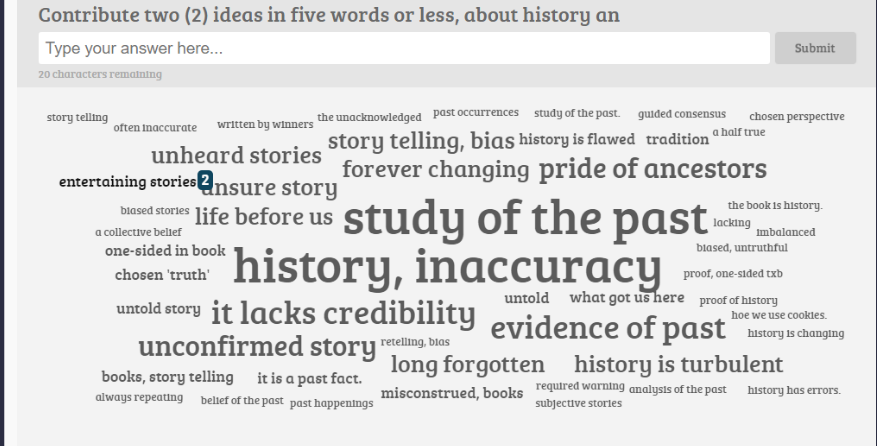
Students who find participation to be challenging often feel more secure contributing when they are able to share their thoughts and ideas anonymously. This example from AnswerGarden allows learners to build knowledge together about how they perceive history. Other tools used to support anonymous contribution to group discussion are Mentimeter or Nearpod.

Allowing learners choice of topic supports engagement by optimizing choice and enhancing student’s sense of autonomy. John Spencer stated on his blog that, “research should feel like geeking out”. Invite your learners to feel excited about what they are learning.
Multiple Means of Representation
Attend to learners’ differing needs in how they perceive content by representing content in a variety of formats and emphasizing important features and relationships.
We support our learners by providing:
- Multimedia representation
- Audio
- Video
- Text
- Illustrations
- Modeling/Simulations
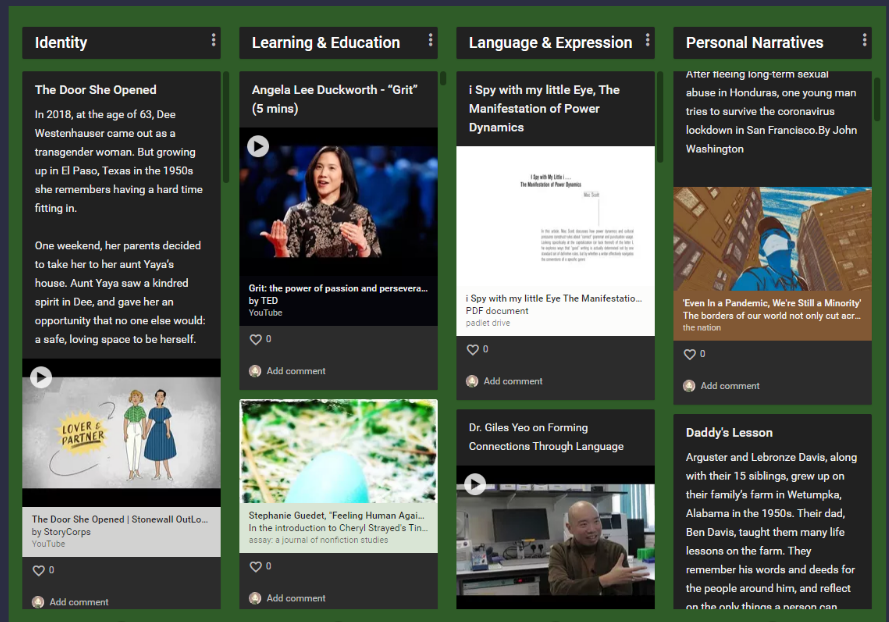
Tools such as Padlet pictured on the right, allow us to share articles, infographics, podcasts, videos, and more for courses. Learners can comment and even contribute their own texts to the collection. Providing multiple representations for how learners access content that meets student needs.
Other ways to curate content with your learners and provide multi-media representations for course content are Wakelet, and Google Keep.
Content that clearly identifies and draws attention to important features and relationships using bolding, underlining, highlighting, bulleted, and/or numbered lists.
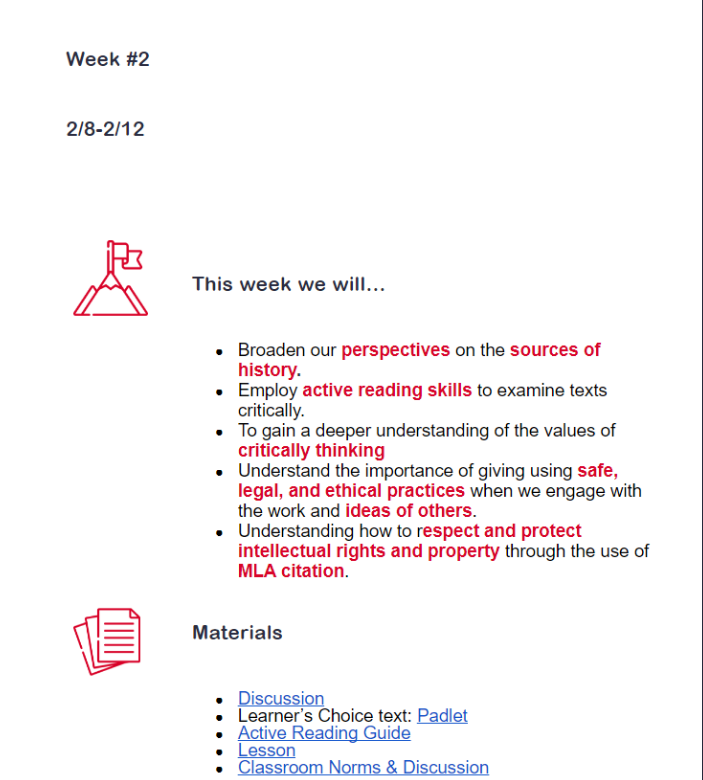
The presentation of this lesson provides learners with headings, bolded text, bulleted and numbered lists, and visual supports for each section. Formatting content in this way supports learners in understanding content and making connections. Mayer’s Multimedia Principles provides additional guidance on clearly representing content for learning.
Multiple Means of Action & Expression
How might we provide our learners with choice as to how they show what they know?
We support our learners by providing:
- Choice
- Support
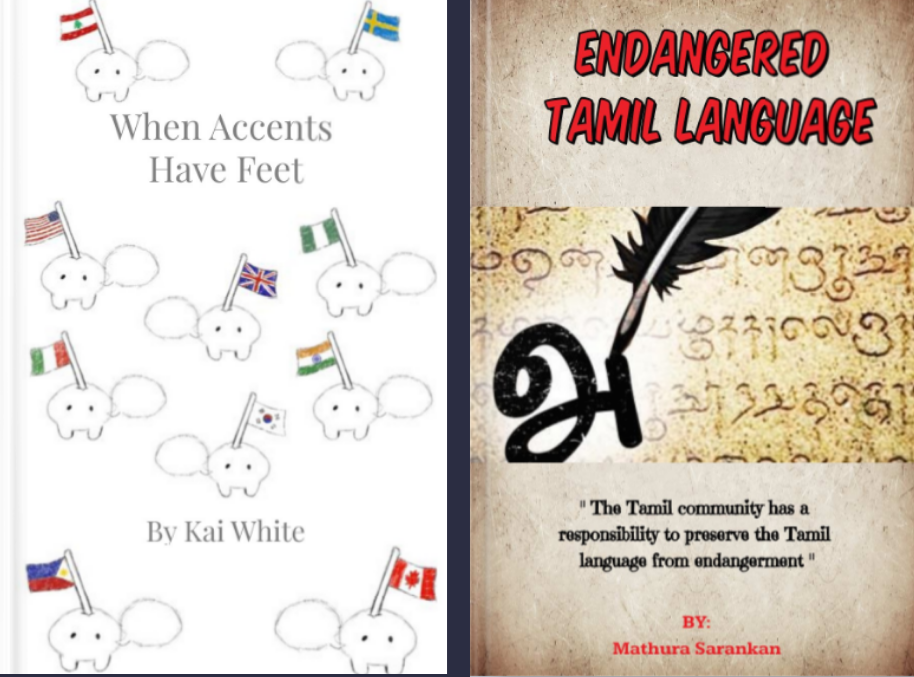
For this assignment learners used a tool called Book Creator to represent their exploration of a topic of their choice within the theme of Language. Students were able to draw, write, add multilingual content, record their voices, and embed video and other multimedia to support their work.
Assessments must be designed with the needs of all learners if they are to be effective.
Consider the principles of the Universal Design for Learning framework when creating assessments and design with the diversity of our learners in mind.
Feel free to contribute your own ideas for how you design accessible and equitable assessments to this Padlet.
